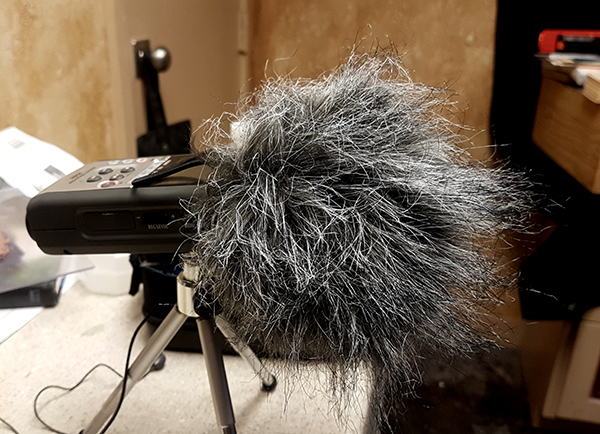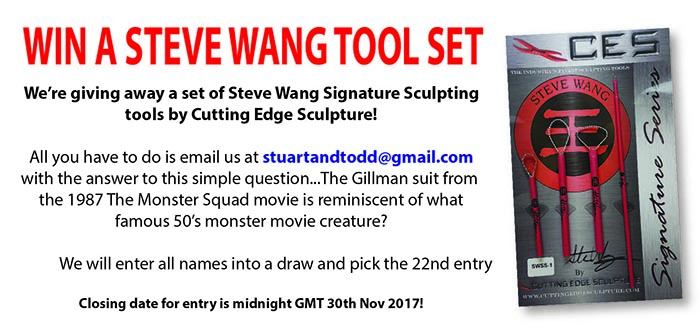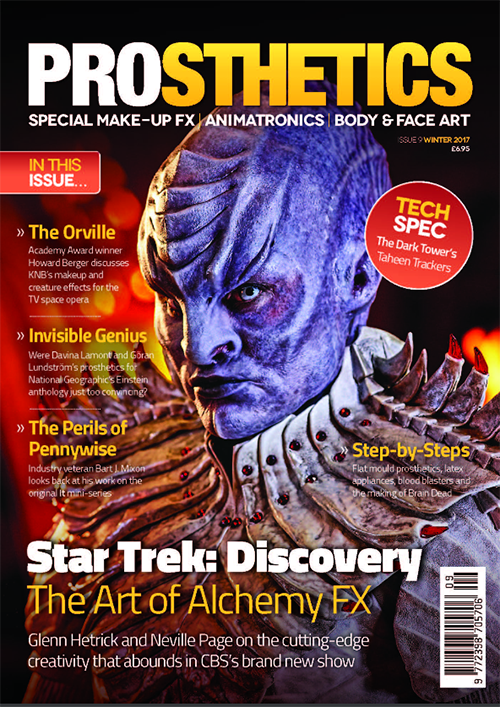5 THINGS YOU’D LIKE TO KNOW
(OR WOULD HAVE LIKED TO HAVE KNOWN)
WHEN LEARNING PROSTHETIC MAKEUP
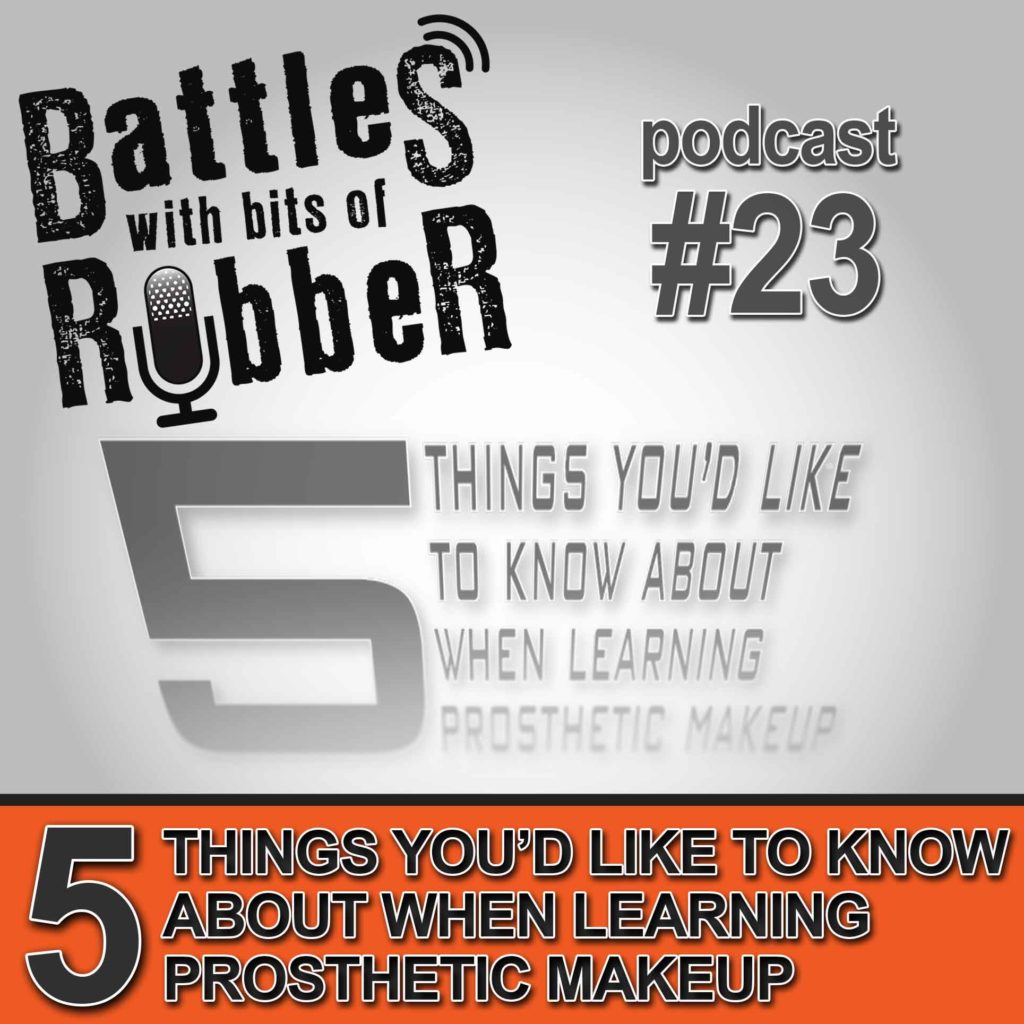
I’m still learning every day. I still make mistakes and I am still worried that every job I am about to start will go wrong. That feeling has never gone away and I suspect it never will. The trick is to get used to the sensation, understand that it isn’t abnormal and to get on with the job anyway.
There are many things which often get taught again and again at makeup school, but along the way there are also things I noticed which are vital and yet which never seem to get the same level of spotlight. In this blog post and podcast, Todd and I discuss 5 of the big ones which deserve looking at in some depth.
We gave this subject as a talk at IMATS LA 2017, but this is a recording done recently (Nov 2017) so we’re up to date and happy to hear your thoughts. Our email is stuartandtodd@gmail.com.
Listen or download the podcast below or from Apple Podcasts or your favourite podcast app.
If you prefer soundcloud:
1. It’s hard to be subtle.
Like a toddler learning to walk, you take massive, clumsy steps. Over time, you strengthen the muscles and acquire the motor skills to allow you to refine the walk, and gradually if all is well, you can walk without it being hilarious for other people to watch.
The same is true of making things. At first, a good proportion of your brain is overwhelmed with getting to grips with tools and materials, how they behave and what they feel like. It’s distracting at first, and you need to give yourself some time to become familiar with them and get past that in order to start using them right.
This is true for sculpting, where form is usually a secondary concern in the desperate sprint towards the fun of adding skin texture. It’s also the case for painting, where applying a small enough amount of a colour is a real skill.
Steps To Success: It’s worth doing to big ugly messy stuff for fun, to get it out of your system, because then you can move past that desire for loud noise and move towards subtle and realistic stuff. I recommend starting out doing something small but well. Don’t spread yourself too thin over a huge makeup for a first attempt as it uses a lot of materials and if it goes wrong is an expensive way to find out something that can be established with a nose or a small cut.
I think creating small casualty effects is a good training ground for people starting out, as errors can be hidden with a bit of blood or bruising. As your confidence grows, you can start to make things cleaner and less bloody. The lessons of good edges and good colour matching can be learned with that safety net in place and then you can creep out into the light, hiding less behind the blood.
There is also an element of randomness in real skin, and allowing those real variations into the way you work will help create something that looks less contrived.
Things like flicking on washes, holding a brush from further back and using a sponge or a second brush to move the colour around all help add a natural ‘jitter’. This measure of ‘controlled randomness’ helps the paint land on the surface in a way that better approximates the way colour is seen on real skin.
2. There Are Other Important Qualities To Recreating Skin Other Than Shape and Colour.
I remember trying to recreate The Lost Boys vampire brow with wax and then later with a latex appliance I had made as a clumsy 15 year old. I remember thinking that if I mixed up some paint that was the right colour for my skin that it would look like a piece of skin in the cup.
But of course, it doesn’t. Even if you mixed the exact perfect colour, it wouldn’t look like a patch of skin because it’s paint. It’s horizontal and in a cup….it’s wet, level and smooth because it’s paint and real skin has texture, is not one single colour and catches the light differently as the curves of anatomy take the ever changing light.
Translucency
It took me a while to figure out that there are others things at play which you need to be aware of if it is your job to recreate skin. With silicone for example, you can achieve effortless translucency in a way you just didn’t with foam. However, it’s really easy to just make something ‘translucent’ and hope that will do the work for you.
The trick is to make something the correct amount, so it is as opaque as the skin is. Richard Martin did a demo makeup and I remember looking at it and before any makeup had been painted on, you could see the opacity of it already made it work well.
As Richard himself pointed out that if it’s too translucent, the sculpted wrinkles etc. don’t cast shadows like real skin does. That means all those folds and pores that get sculpted in don’t do the job of making a skin surface look like a skin surface. They are there but you can’t see them as it’s too translucent.
Likewise you don’t want to be too opaque, but the point is to make the colour and the opacity right. The right colour but too translucent is no good.
Softness
Also the softness of the material needs to be right. Typically, silicone is made soft but you need to be able to match the softness of the skin that it is sitting on. Long pointy ears don’t want to be flopping about like a baseball in a sock. Similarly a throat piece which can’t squish and stretch and keep up with the range of movement a neck is capable of then it too is going to look fake as it folds oddly and causes the real skin to bulge around it.
Matching the softness matters, and that may mean multiple appliances of differing softnesses rather than one big appliance.
With foam latex, high rise and softer foams move beautifully, but typically a soft foam is harder to handle – both getting it into a syringe, not trapping air bubbles and getting out of a mould….all these tasks are easier with a runnier, lower rise foam which is stiffer. Usually, the softer and nicer something is once on, the more of a pain in the ass it is to make.
Cap Plastic
The cap plastic barriers in silicone can easily be too thick and undo the work of a nicely softened piece. Make the cap plastic as thin as you can get away with – thicker cap plastic makes it easier to handle for sure but can cause heavy wrinkling. Leaving cap plastic overnight to mature allows it to firm up, making thinner layers more durable. This membrane we add is just how we do it right now, things will improve and we’ll get better encapsulants but this is where we are right now.
Sheen
Often, when spraying cap plastic into moulds, the overriding concern is release – you just want to know that if nothing else, the appliance will just come out of the mould easily or at least undamaged. That often stems from an early attempt with too little release leading to pendulum response of overkill in release agent.
This often means the surface is shiny, and the resulting appliance may come out too shiny too. If possible, a dulling of the surface using icing sugar/powdered sugar is helpful as that means the surface is no longer hi-gloss and the piece coming out can be rinsed in water to dissolve the sugar that remains.
Alternatively, you can use an anti-shine to matte down the surface. Sometimes a colour can be a perfect match but the sheen of the surface is just different from that of the skin, and so it looks wrong. Matting it down will help and it also allows you to see the true colour of the piece, with less reflection. Matting down the surface prior to spraying the cap plastic means the surface of the piece could have vastly matter surface so you would be asking less of any antishine.
Powdering can help, but that usually works best on oily or sticky surfaces. The appliance may be shiny bit not actually sticky. I have before used a watered down Pros Aide mix stippled lightly over the piece and onto the skin to fade off and help segue the blend between real and fake.
This can then be powdered to assist in removing shine, and also helps transition between a cap plastic edge and real skin, where the sudden shift in material causes noticeable changes in the way the skin moves at that point.
3. Believe in primary colours
Mixing and matching skin tones is a skill that takes time to perfect, and colour theory is important. Know that if something is wrong that it probably needs to be redder, bluer or yellower (or a combination of those). Trusting that this is the problem is the thing. It just looks ‘wrong’ and you can’t necessarily see that a wash of blue is what will walk you out of that corner.
The trick often is to add just enough colour to stop it being wrong. For example, many silicone pigments or makeup colours are orange, and so a touch of blue is necessary to neutralise the orangeness. The trick is to add just enough to neutralise, but not actually make it turn blue. If that happens then you’ve added too much, but finding the subtle shift is the hard thing to do.
It’s kind of like making soup, where you might add some salt to enhance the flavour of something which was lacking in bite. If you add just enough salt or salty stock, it tastes more satisfying. If it actually tastes of salt, then you’ve added way too much. So it is with tweaking colours. Know that if you can see the skin colour of the person with your eyes then it exists within the visible spectrum, and therefore you can recreate it by selecting the correct combination of colours.
If your desktop printer can make a flesh tone with three primaries and black and white then so can you. Like Santa, you have to believe that’s true for it to work.
Check out our posts on use of colour Colour Theory In Practice and 7 Tips For Painting Skin Tones.
4. 90% of what you do won’t get noticed (Hopefully)
But that stuff really needs to done right! Kind of like personal hygiene, it goes unnoticed largely until you stop doing it. Making prosthetics requires a series of processes, each building on from the previous step, and each step is an opportunity to mess it up.
Making prosthetics is really a series of sidestepped land-mines, and when you get better at avoiding errors, it’s very satisfying. That all takes a lot of effort and practice, and working on a perfect lifecast, doing a nice sculpt, making a nice mould and applying the first perfect piece cast out of that wonderful mould will all be the result of a lot of effort prior to that point. None of which anyone but you will know or care about. It’s not usually the stuff that gets seen in DVD extras and it’s not a spectator sport so it won’t get the fanfare.
It all boils down to knowing what you need to be good at to do it well, and you need to enjoy those things enough to want to come back for another round. If you do enjoy them then you’ll keep doing it and you’ll get better and have fun on the journey.
Like a duck seeming to glide over a lake surface, the hidden webbed feet paddling away unseen below and out of sight. Good edges, natural form and texture, good colour match and movement from a correctly softened piece will at best appear totally natural. People love to spot an edge or an air bubble
A good example is a wound prosthetic, where the injury itself if done well will elicit a satisfying disgusted response, as the torn skin and the fatty tissue and dried blood cause you to react as a normal human would.
However, the fact that this big piece of rubber with edges, texture and fake hair is sitting there in plain sight and not getting noticed is by far the biggest compliment and mark of the success of your work. It’s cool because it looked real enough to not even be noticed. That’s the best part for you as the maker, and it took you most of your effort and attention – but that’s not the part that people look at and react to.
A lot of what makes good makeup look real is that it ‘looked like it happened’ rather than ‘it looks like a person created it’. Knowing the materials and techniques well enough to get out of your own way, leave yourself behind and focus on what needs to be there in order to make it look right. That’s where you main efforts lie, and if you do that then nobody notices.
5. Failure: when things don’t go to plan, it’s easy to beat yourself up thinking you’re no good.
Everyone done this to some degree, and it’s an uncomfortable feeling. If you have the audacity to create something new, there is no guarantee it will work or even be any good. If it doesn’t work out, it’s amazing how many nay-saying voices you have accumulated in the wings ready to comment on your performance.
To do that well, you kind of need to open up and that can make you feel vulnerable. Criticism of self is common and hugely subjective based on your mood, your upbringing, how you saw others respond to problems. Creative and artistic people often wear their heart on their sleeve, and it’s necessary to be in contact with your feelings if you are going to be authentic and feel satisfaction in your work. You’re allowed to feel shitty and grieve for the imagined outcome that never happened. You’re also allowed to move on and try again. That’s the important part – to come back for another round.
Because creating things is a deeply personal activity sometimes, it feels like a unique and customised version of Hell crafted personally just for you. You need to know that this is how everyone feels, and that your unique way of beating yourself up is not so unique.
An example is a bladcap class, where we take head measurements when making a head pattern for making wigs. I’ll have a class of maybe 6 or 10 students, and naturally because people are not identical, someone will have the smallest head and someone will have the largest.
Almost every time, the person with the largest head circumference will take it upon themselves to feel bad about this newly acquired neuroses. This happens with such regularity, and it serves to show me that we are all a veneer away from being hurt.
Knowing that we can be hurt and recognising this is true means that we can prepare for it and create with some measure of recovery time built in. Just like the crumbs you have after making a sandwich, the hangover after a night of partying etc…
I’ve heard with regularity that someone will claim to be a ‘perfectionist’ as if that alone excuses them from settling on where they are. That is often just an excuse to avoid owning your current state, the design/sculpt/paint job your current ability is able to provide.
Feel free to comment here or get in touch on our facebook page or email us at stuartandtodd@gmail.com
—
Til next time
Stuart & Todd
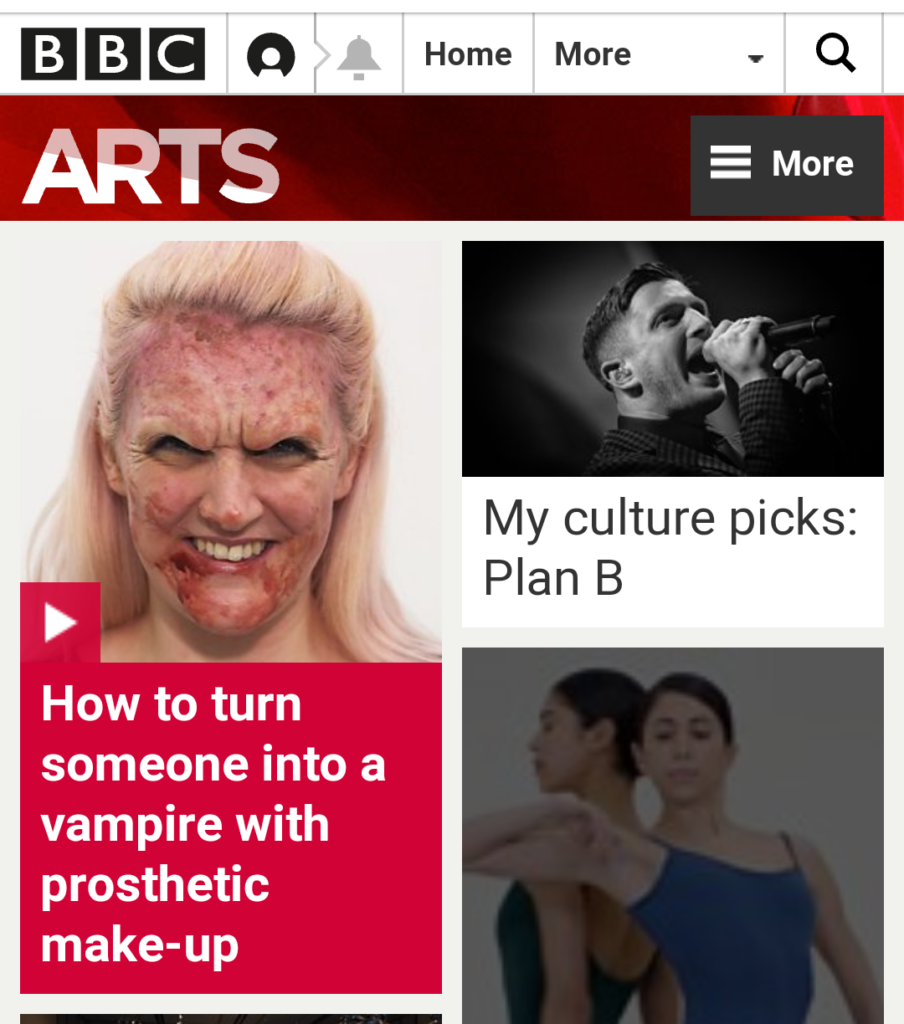
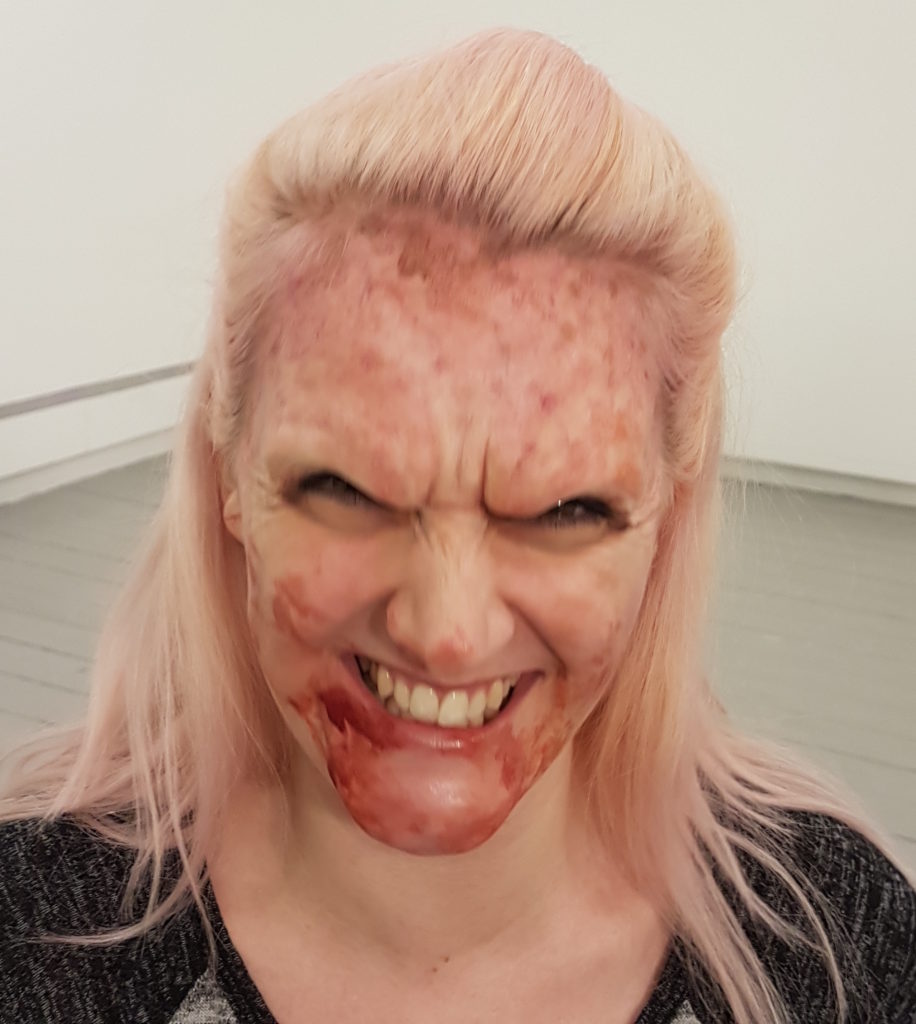

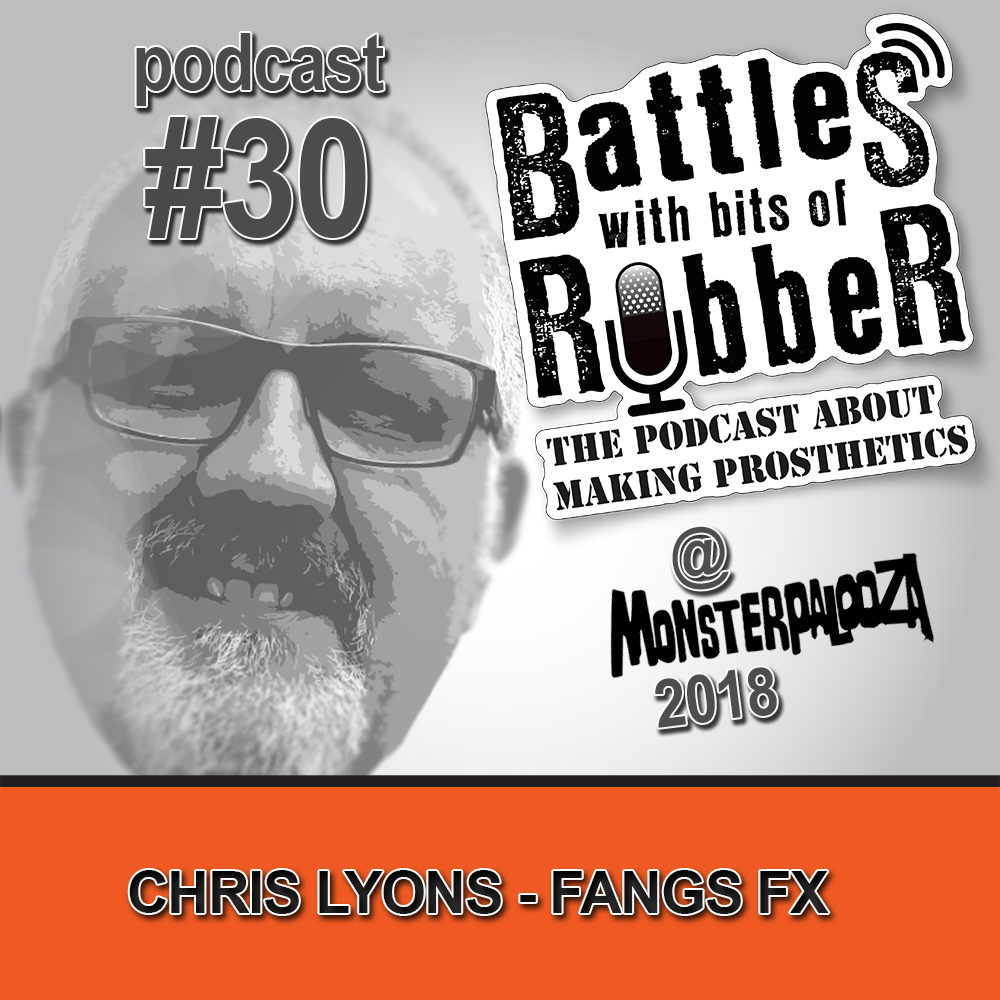
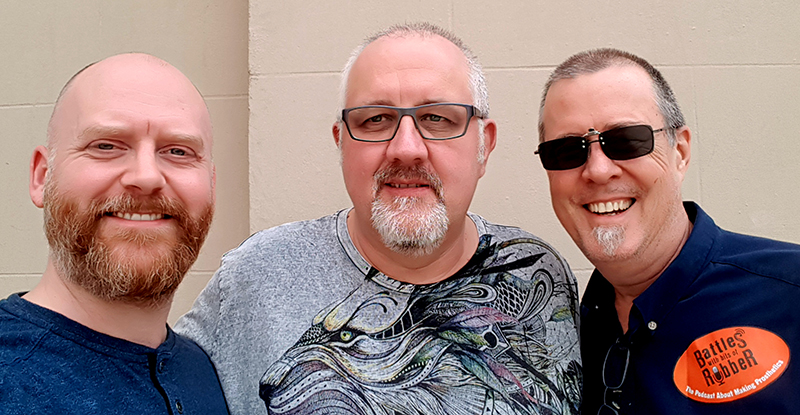

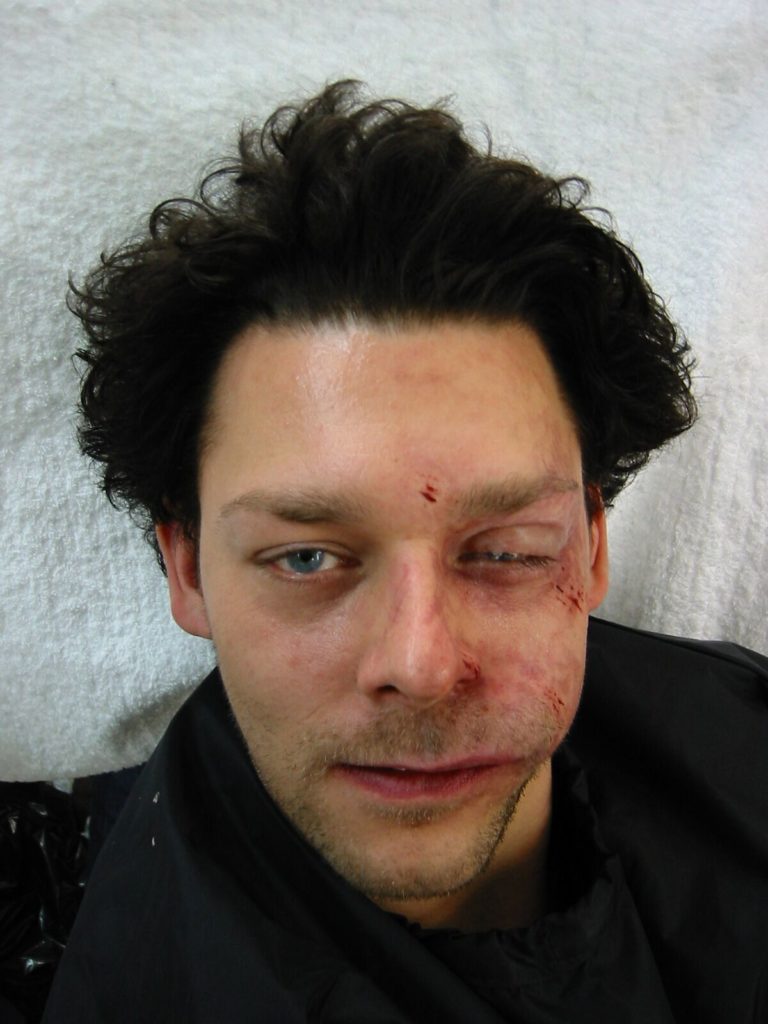
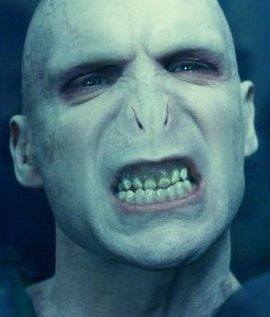
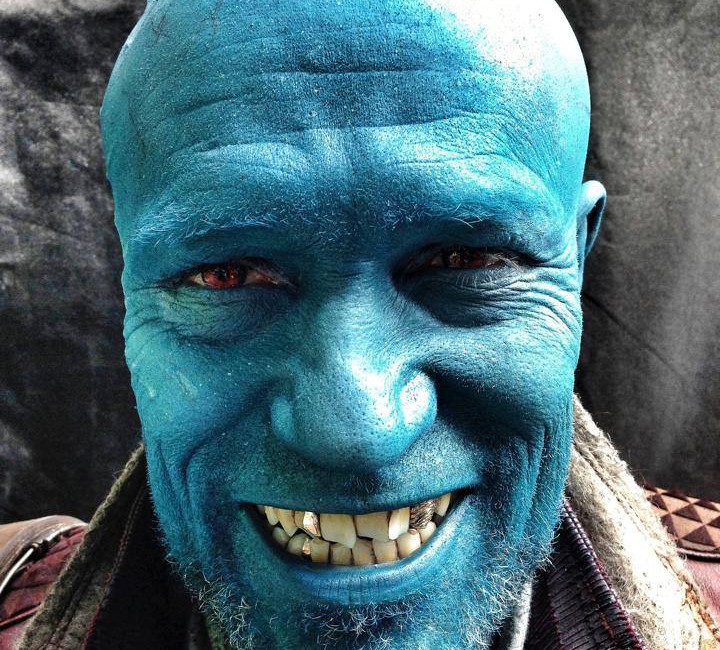
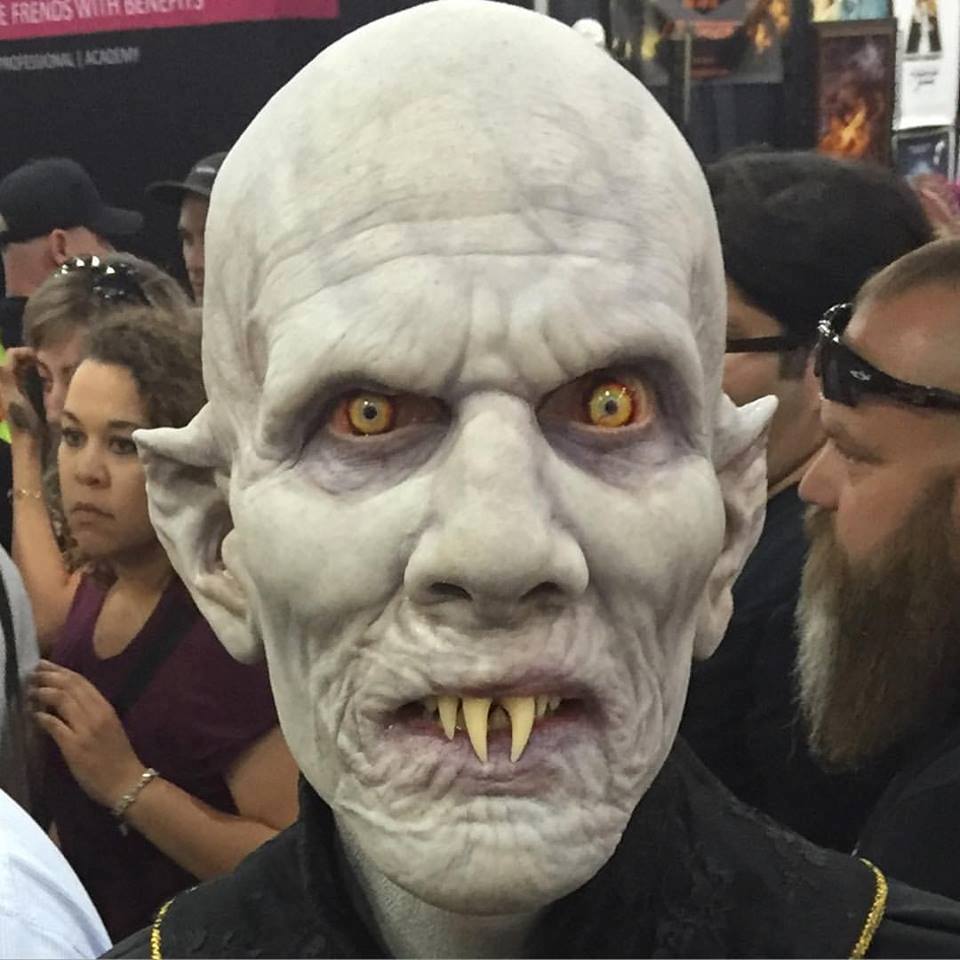
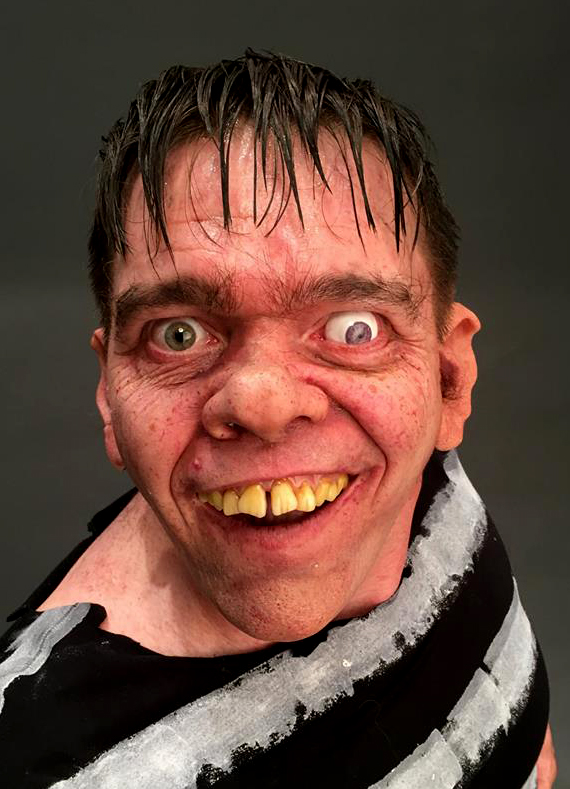
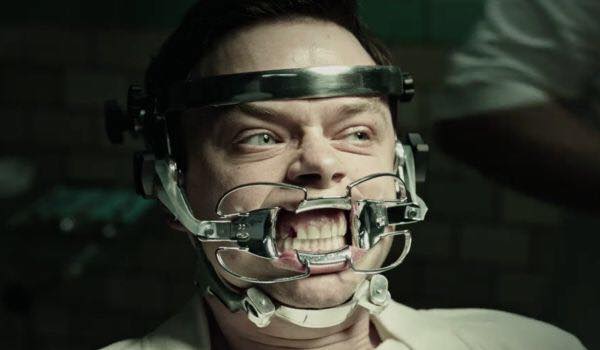



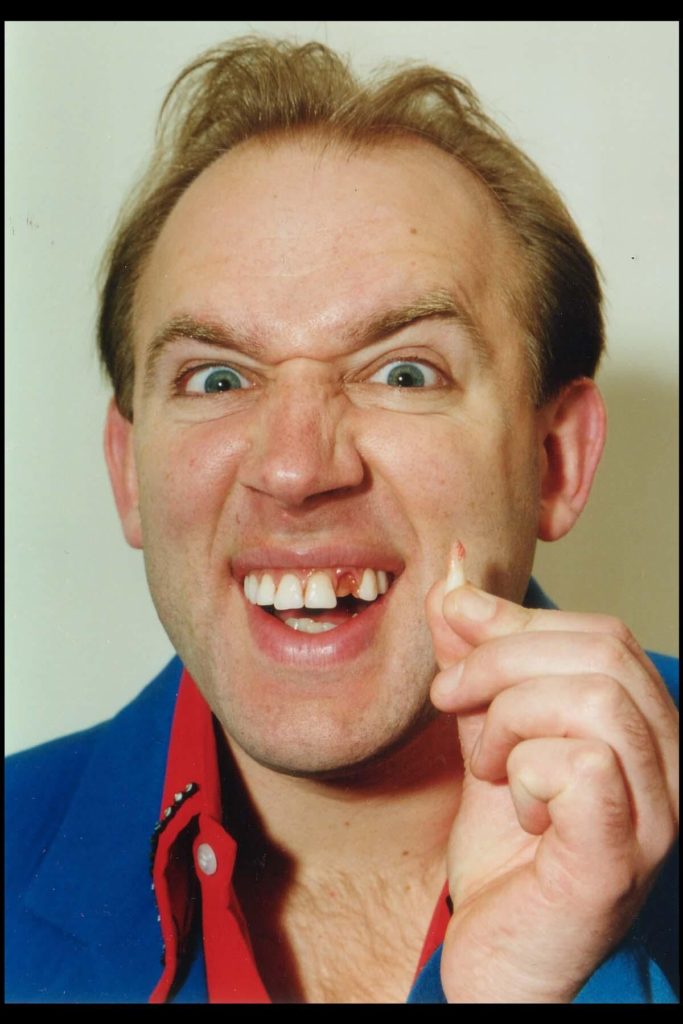
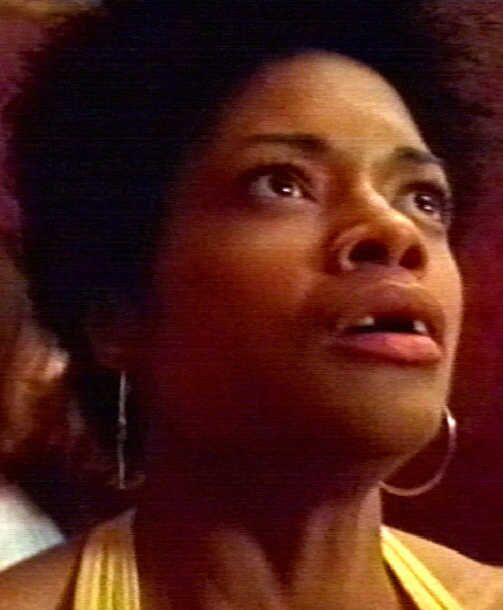
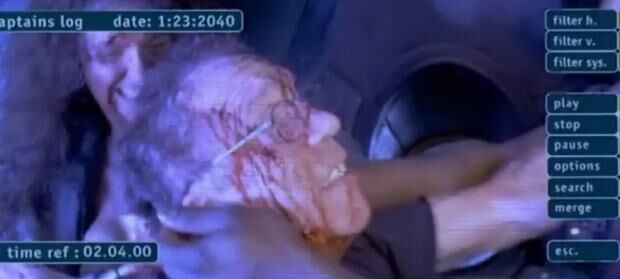
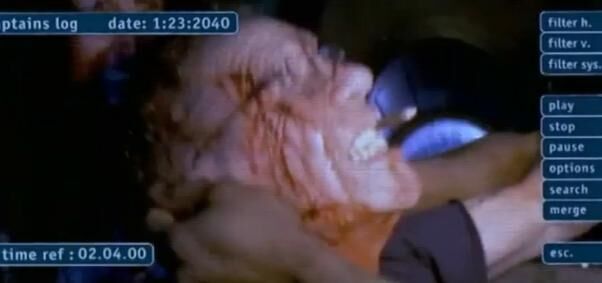
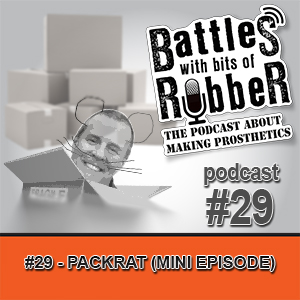
 I had the great privilege to be asked to teach some masters degree students at
I had the great privilege to be asked to teach some masters degree students at 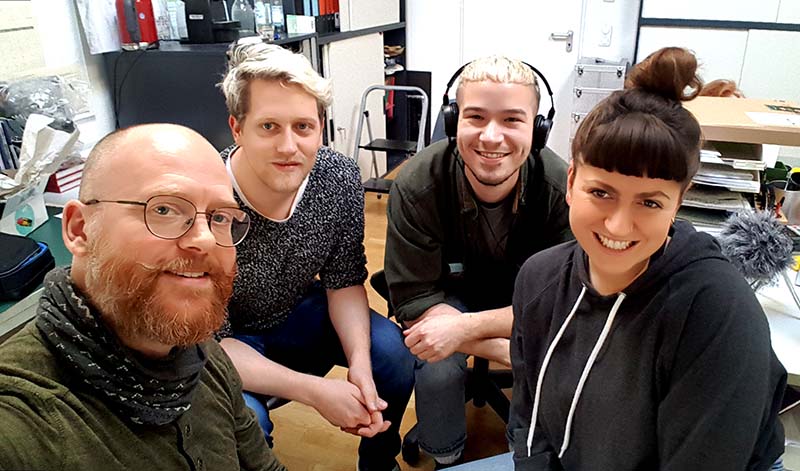
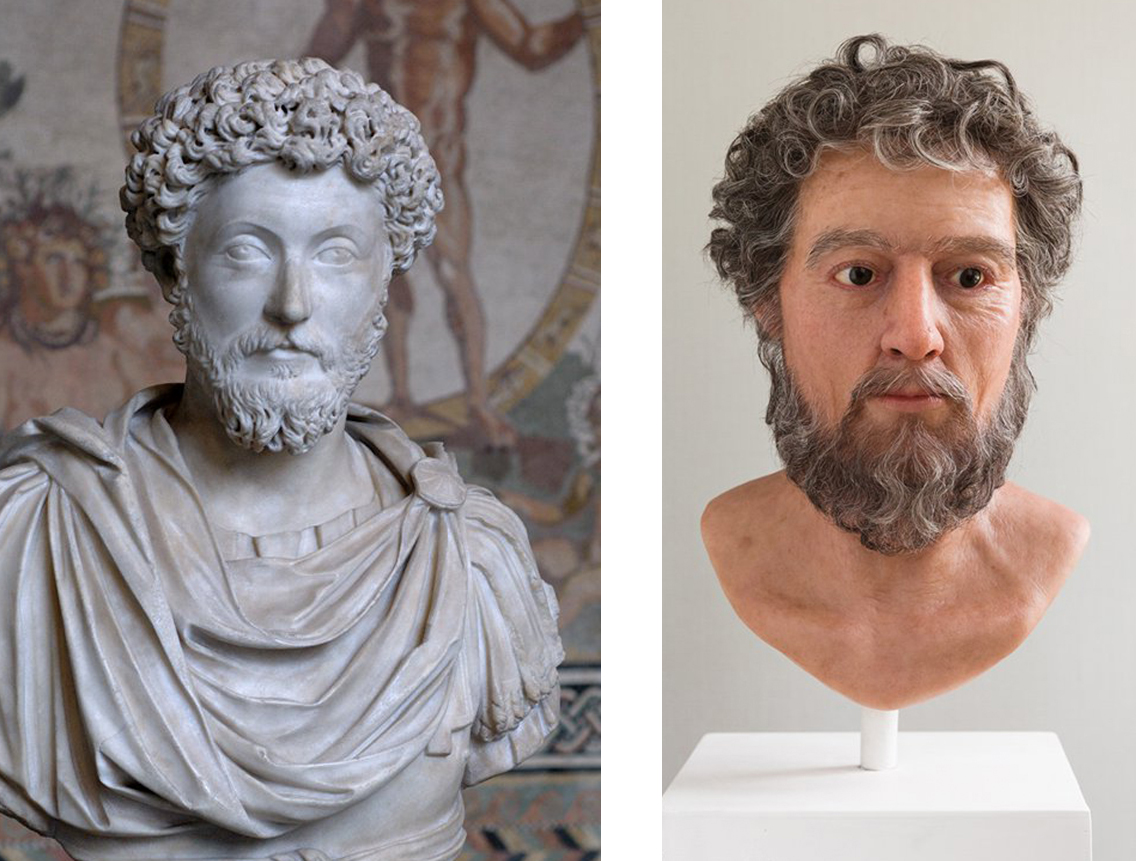
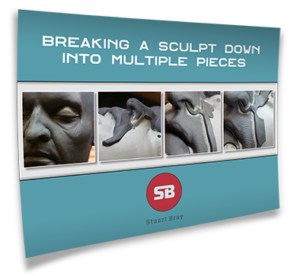

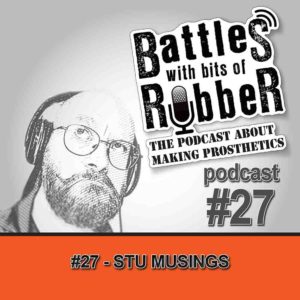 Seven hours is a big time difference to deal with when trying to synchronise a podcast with two people.
Seven hours is a big time difference to deal with when trying to synchronise a podcast with two people.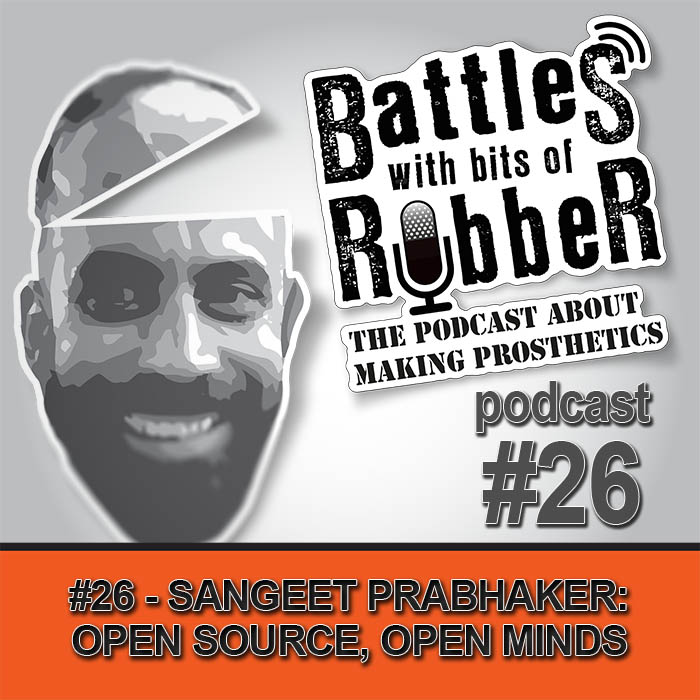 Most people learn techniques and perfect them.
Most people learn techniques and perfect them. 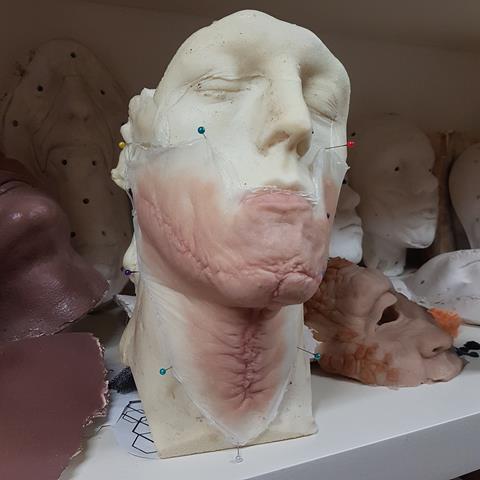
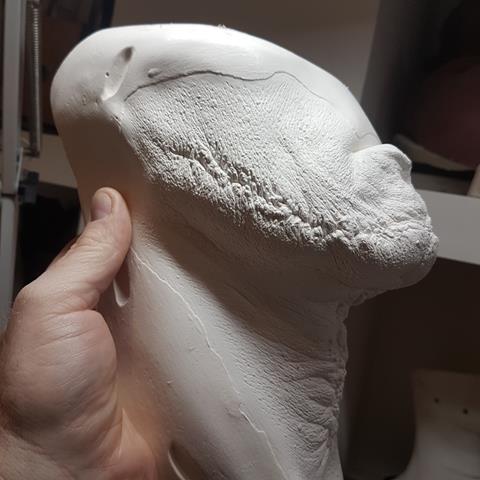
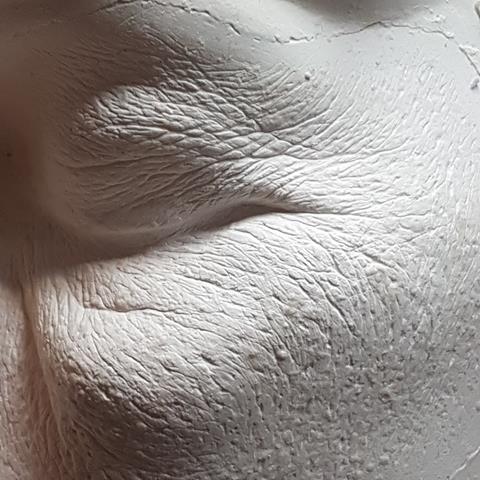
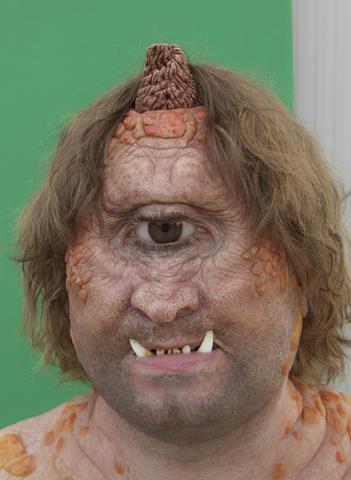
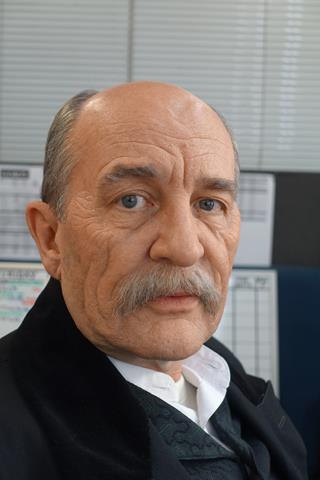
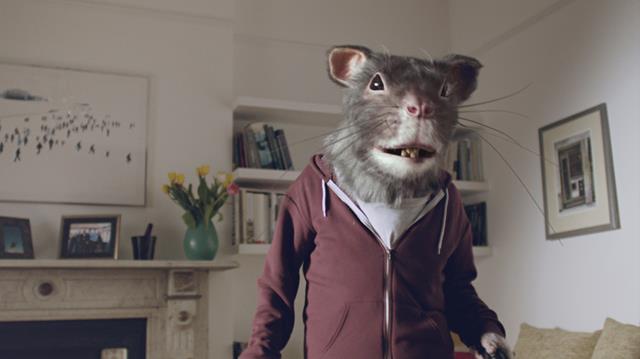

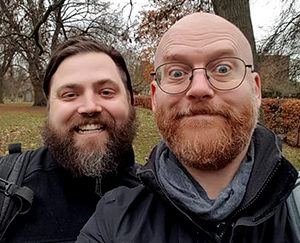 Hope you enjoy this episode – It’s exciting and scary at the same time for me.
Hope you enjoy this episode – It’s exciting and scary at the same time for me.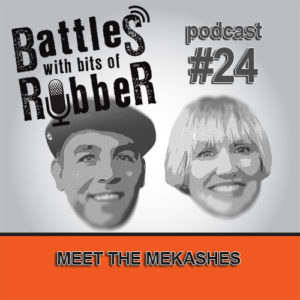 This podcast was a lot of fun to do.
This podcast was a lot of fun to do.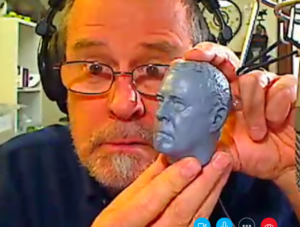
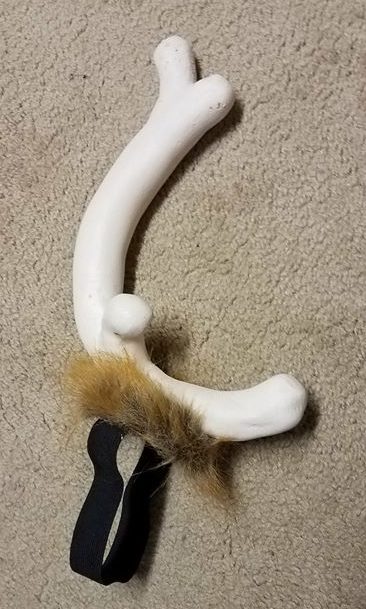

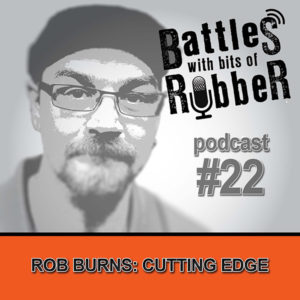 Rob Burns makes great sculpting tools because he sculpts and knows what works.
Rob Burns makes great sculpting tools because he sculpts and knows what works.